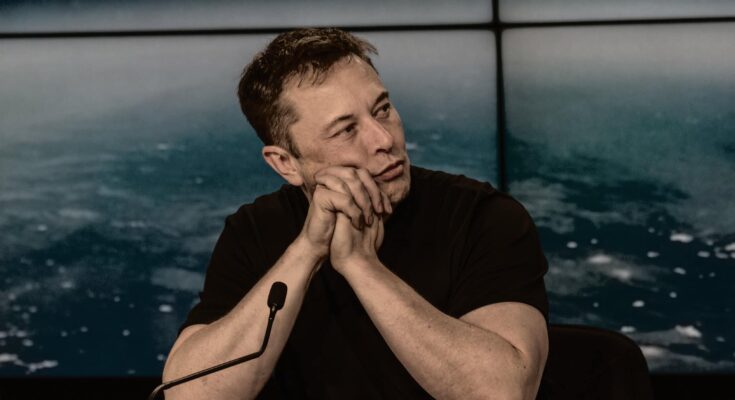Elon Musk went on the Lex Fridman podcast to confirm that Neuralink successfully implanted its device in a second patient. The brain chip is said to allow paralyzed individuals to control digital devices through thinking alone.
The first Neuralink patient, Noland Arbaugh, is able to play the video game Sid Meier’s Civilization 6 on his laptop for the first time. However, gaming is just one of numerous activities in which patients with the brain chip can partake.
Arbaugh is also able to surf the web, post on social media platforms, and move the mouse with his mind.
Elon Musk: 400 of the implant’s electrodes are already working
On the podcast, Elon Musk went into more details about the second Neuralink patient. Musk confirmed that the second patient had a spinal cord injury similar to that of the first patient.
He also confirmed that 400 of the implant’s electrodes on the second patient’s brain are already at work. This is just the beginning, given that Neuralink contains 1,024 electrodes, its website confirms.
Electrodes are crucial for Neuralink’s success since they can detect electrical impulses in the brain. They also record and stimulate the brain’s electrical activity of neurons. Essentially, electrodes “listen” to brain signals without reading thoughts.
Musk said on Lex Fridman’s podcast, “I don’t want to jinx it but it seems to have gone extremely well with the second implant.”
He added, “There’s a lot of signal, a lot of electrodes. It’s working very well.”
The first Neuralink patient is doing well despite initial issues
Noland Arbaugh, the first Neuralink patient, had initially faced issues following implant surgery. Tiny wires of the Neuralink implant retracted and caused a reduction of electrodes.
To rectify the issue, Neuralink modified its algorithm so as to increase sensitivity. Musk said this change to the implant’s algorithm allowed Arbaugh to move the mouse extremely quickly with only 10 to 15 percent of the electrodes working.
This is a clear step up, considering that prior to the implant, Noland Abraugh used the computer with a stick in his mouth that tapped a tablet device. Now, he is able to control a tablet with his mind alone.
So how long until Neuralink is mass-produced?
On the podcast, Elon Musk says he expects eight more patients to go through surgery this year. Despite advancements, however, Neuralink is not close to mass production.
As of right now, Neuralink faces significant challenges. Ensuring safety and longevity for patients is one of these. The team is also refining the surgical procedure for the implant, with the aim of making it minimally invasive for patients.
Lastly, there are regulatory approvals that have to be obtained from government agencies before the implant can be mass-produced.



